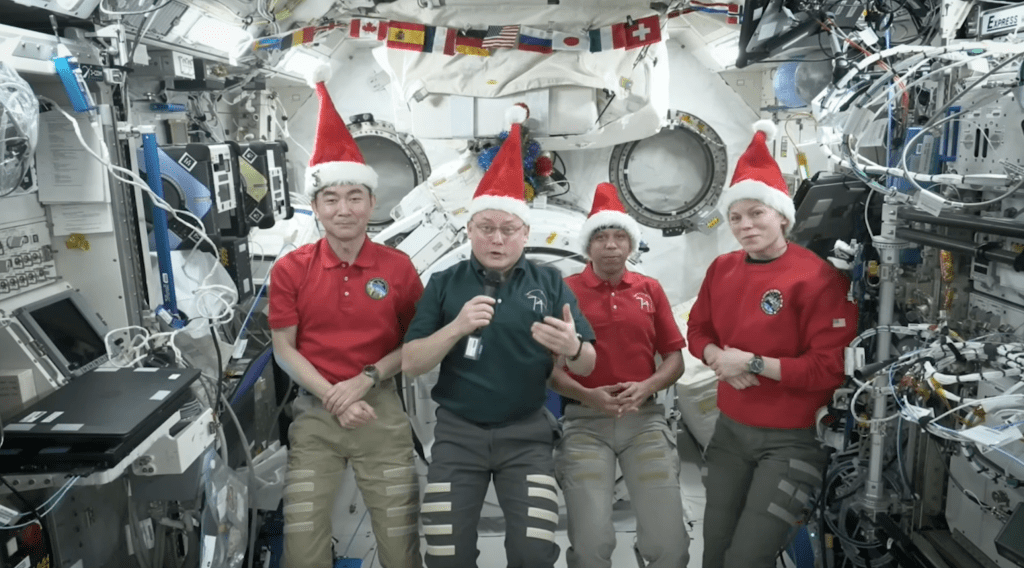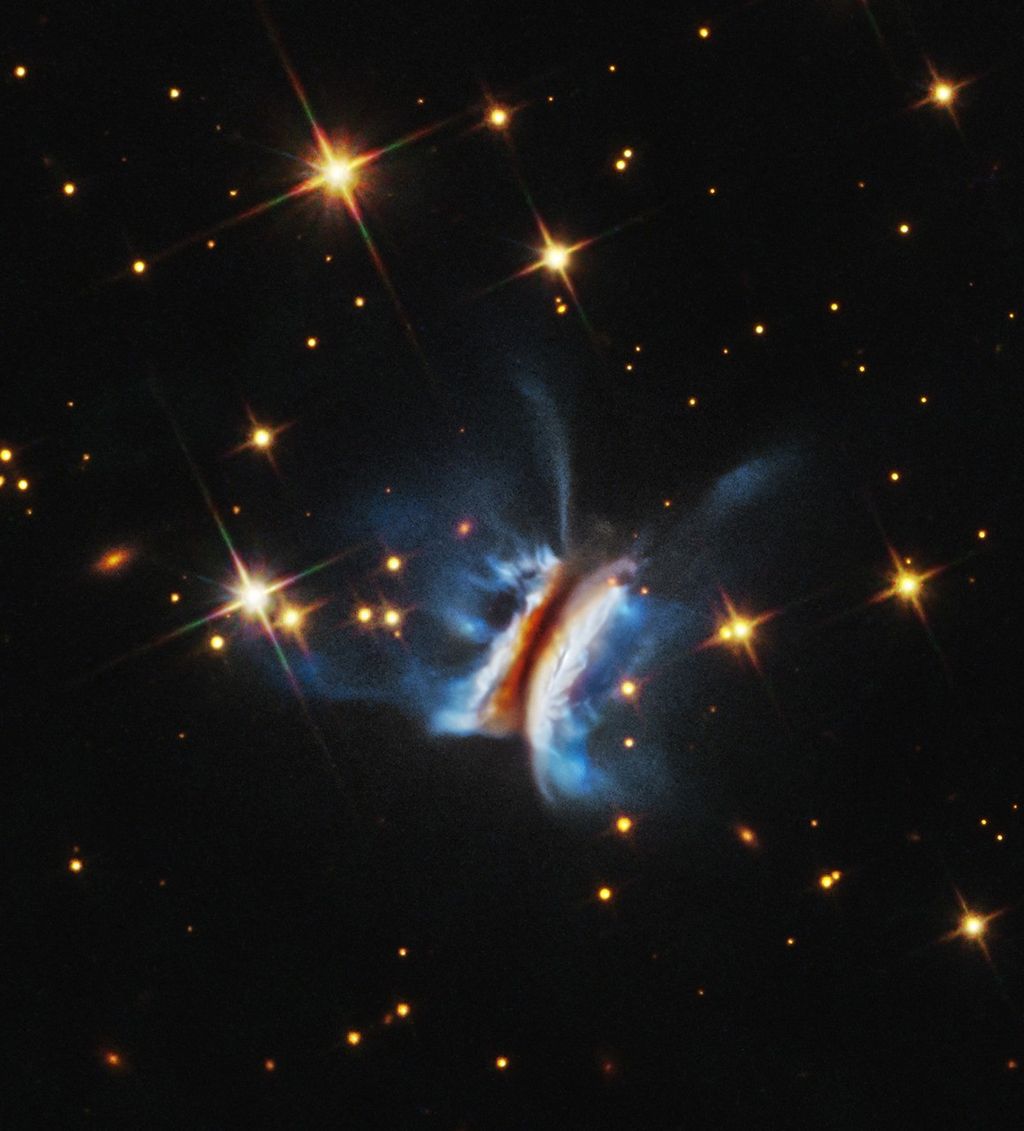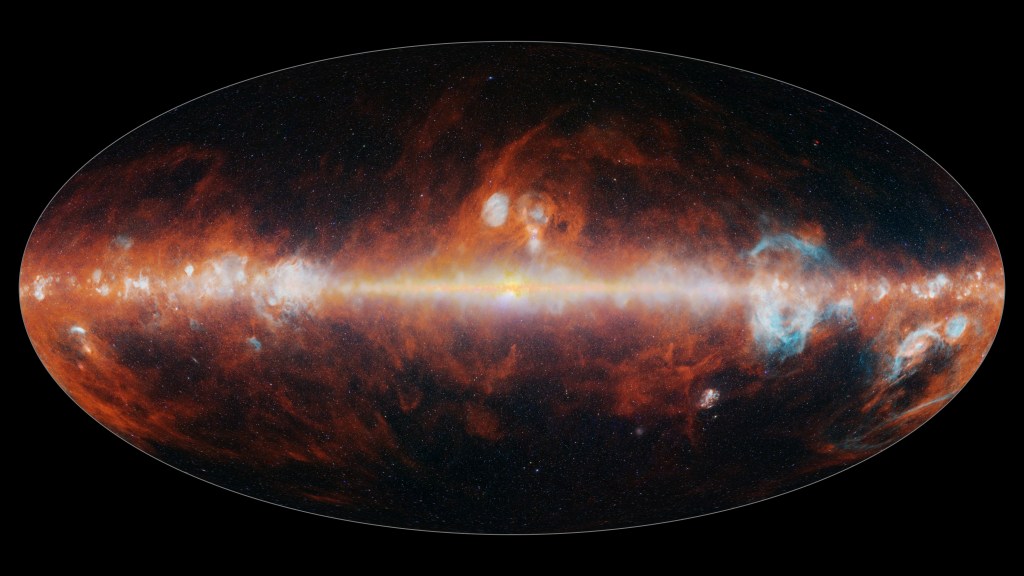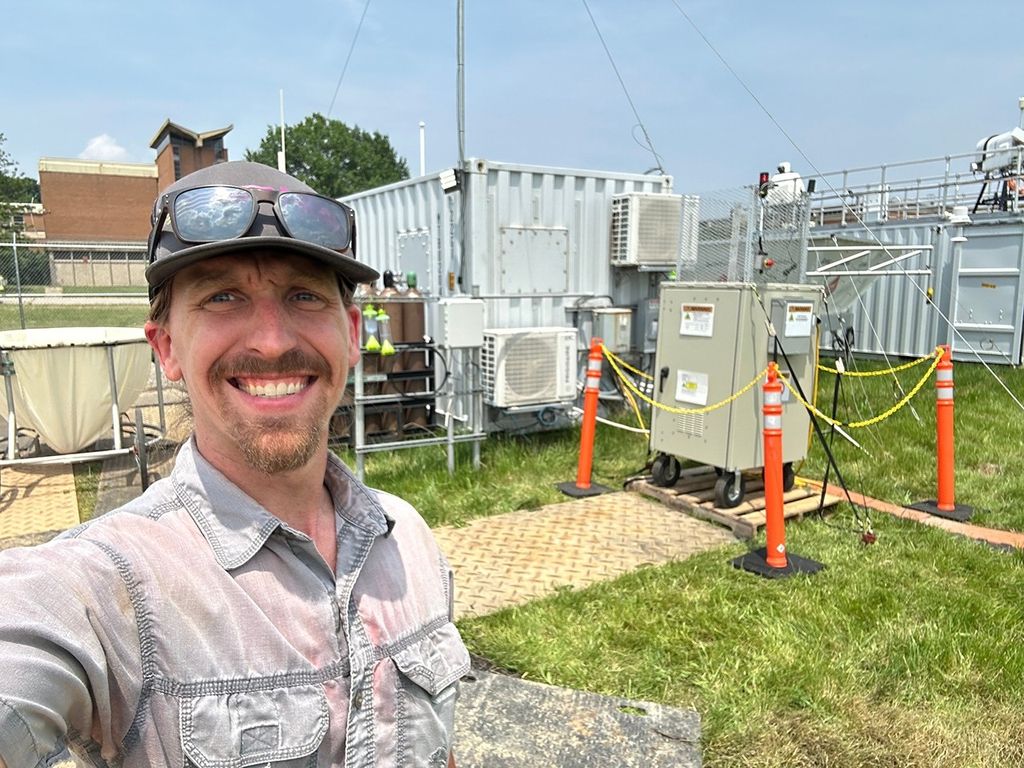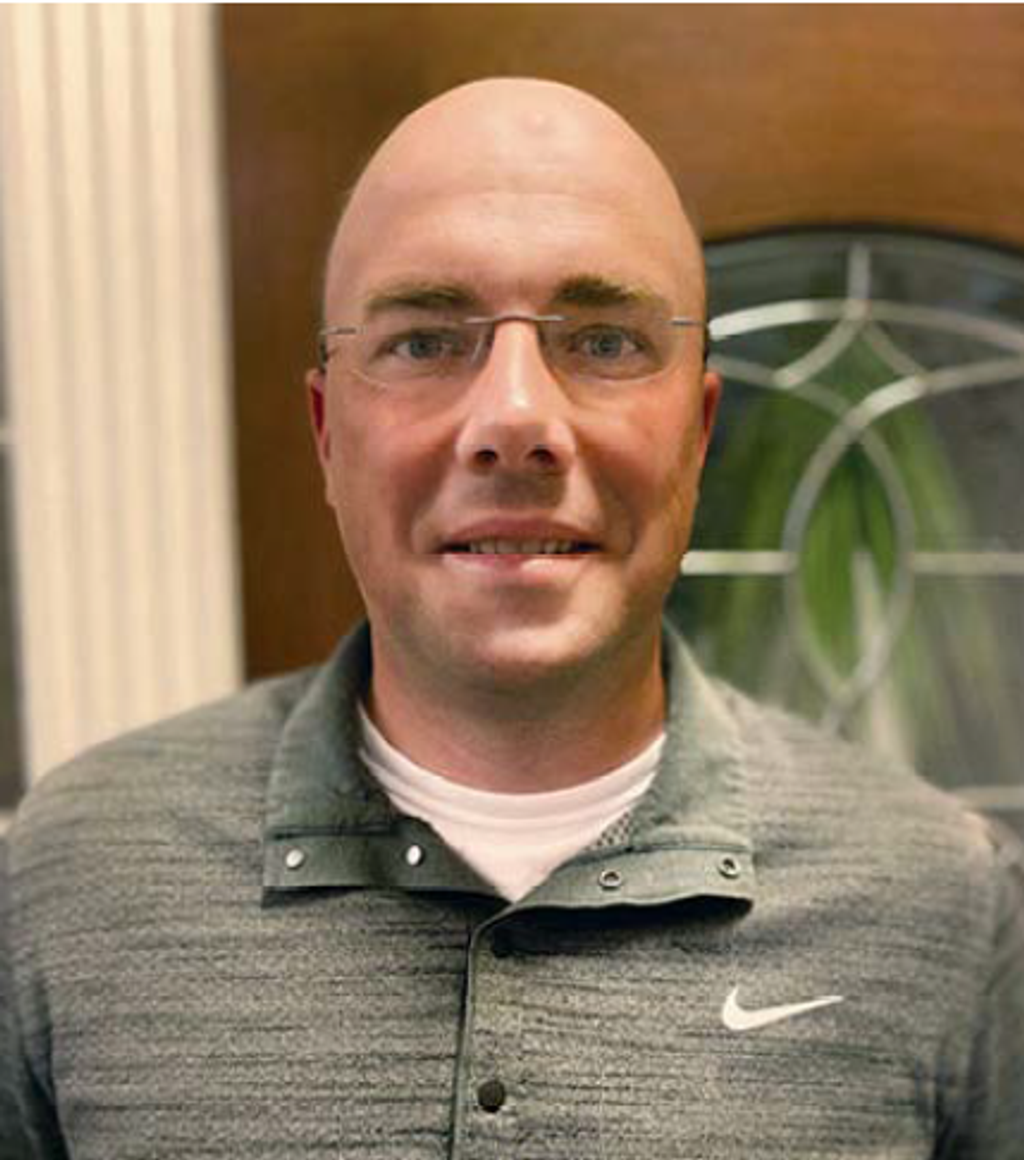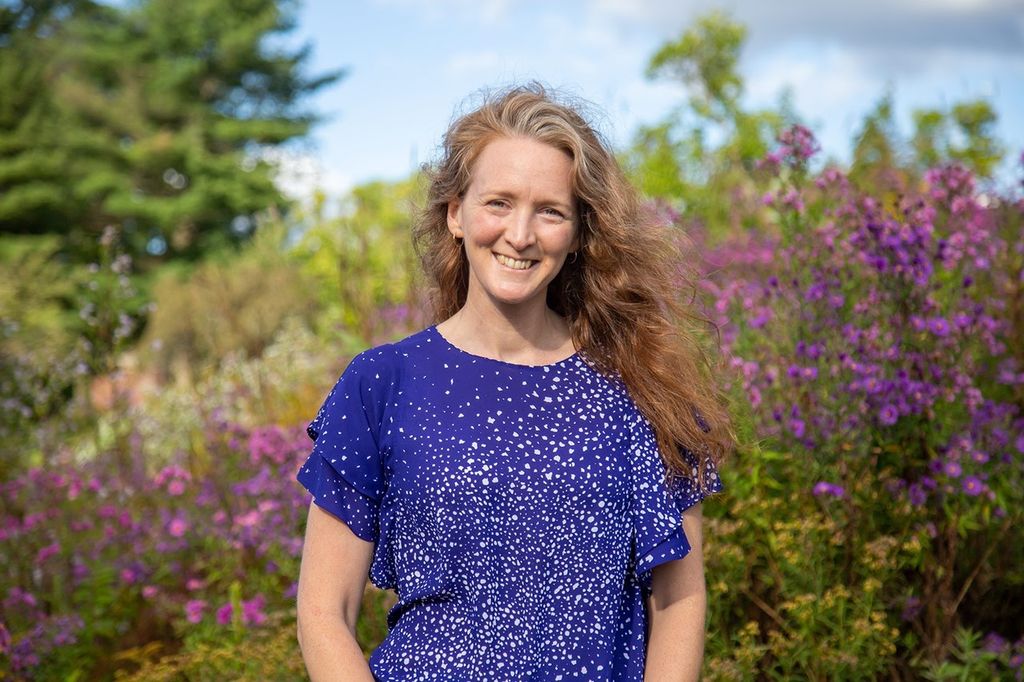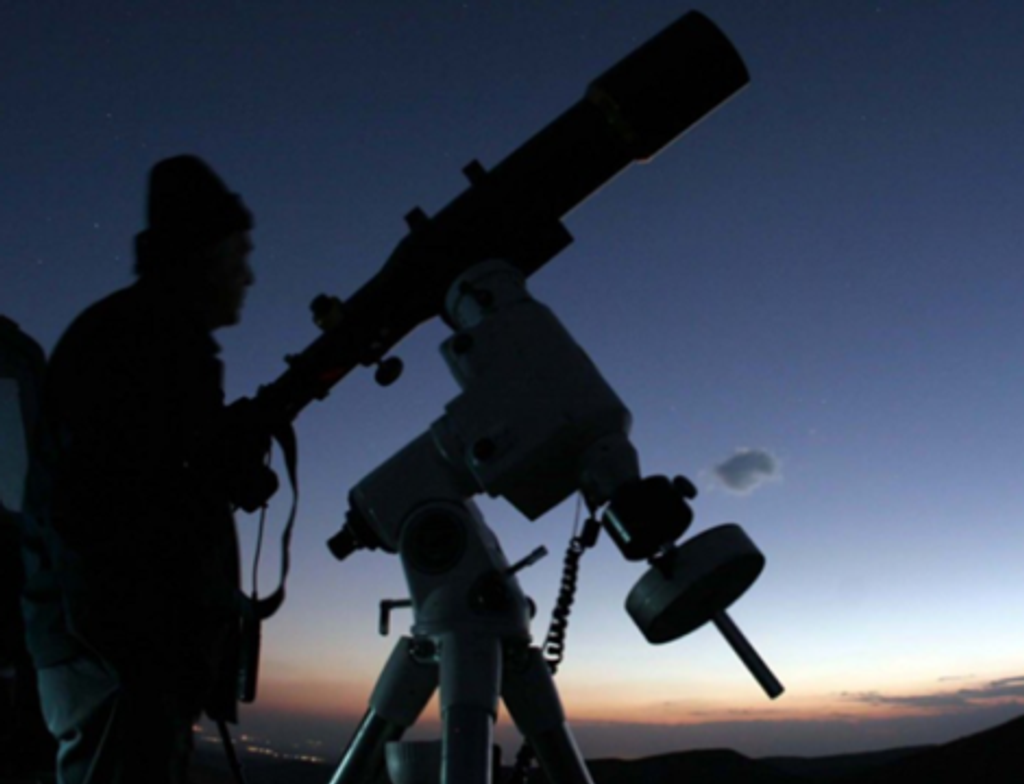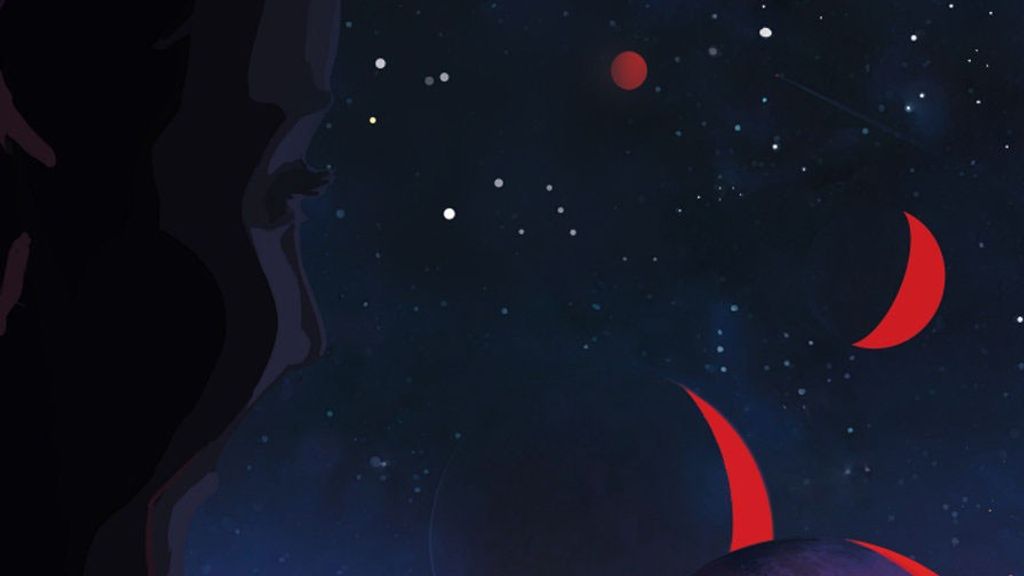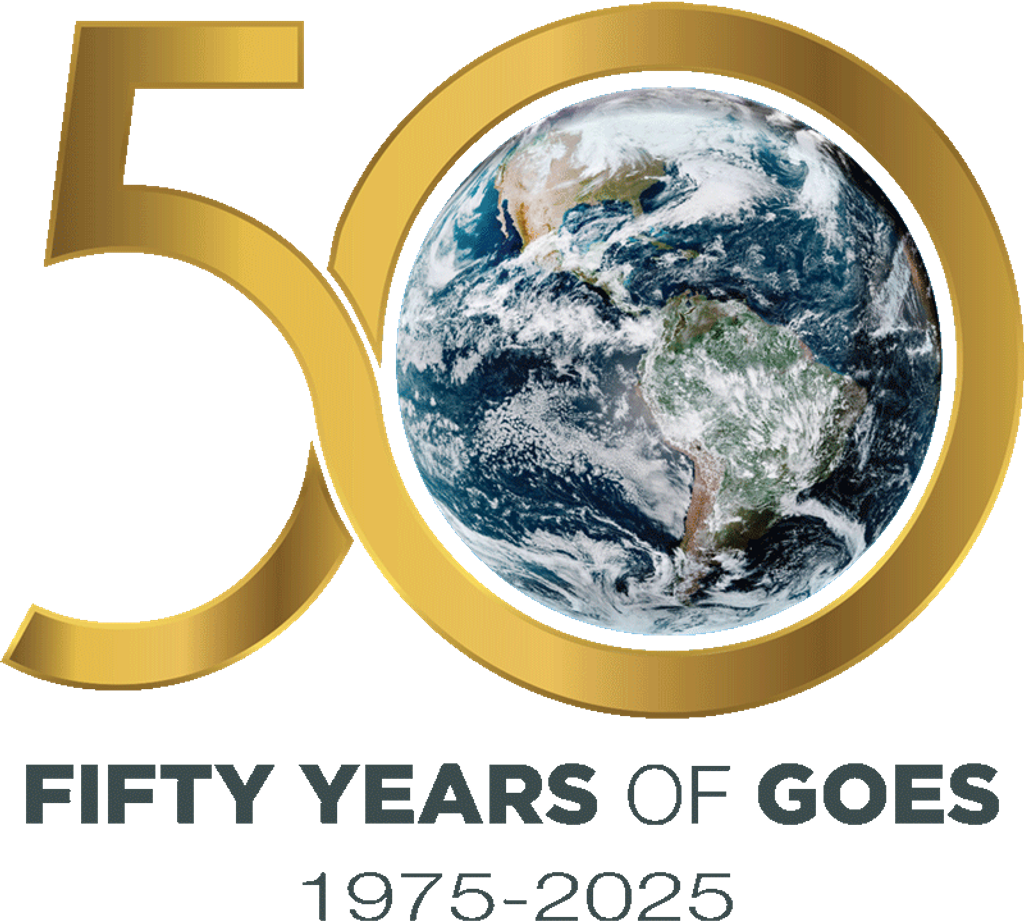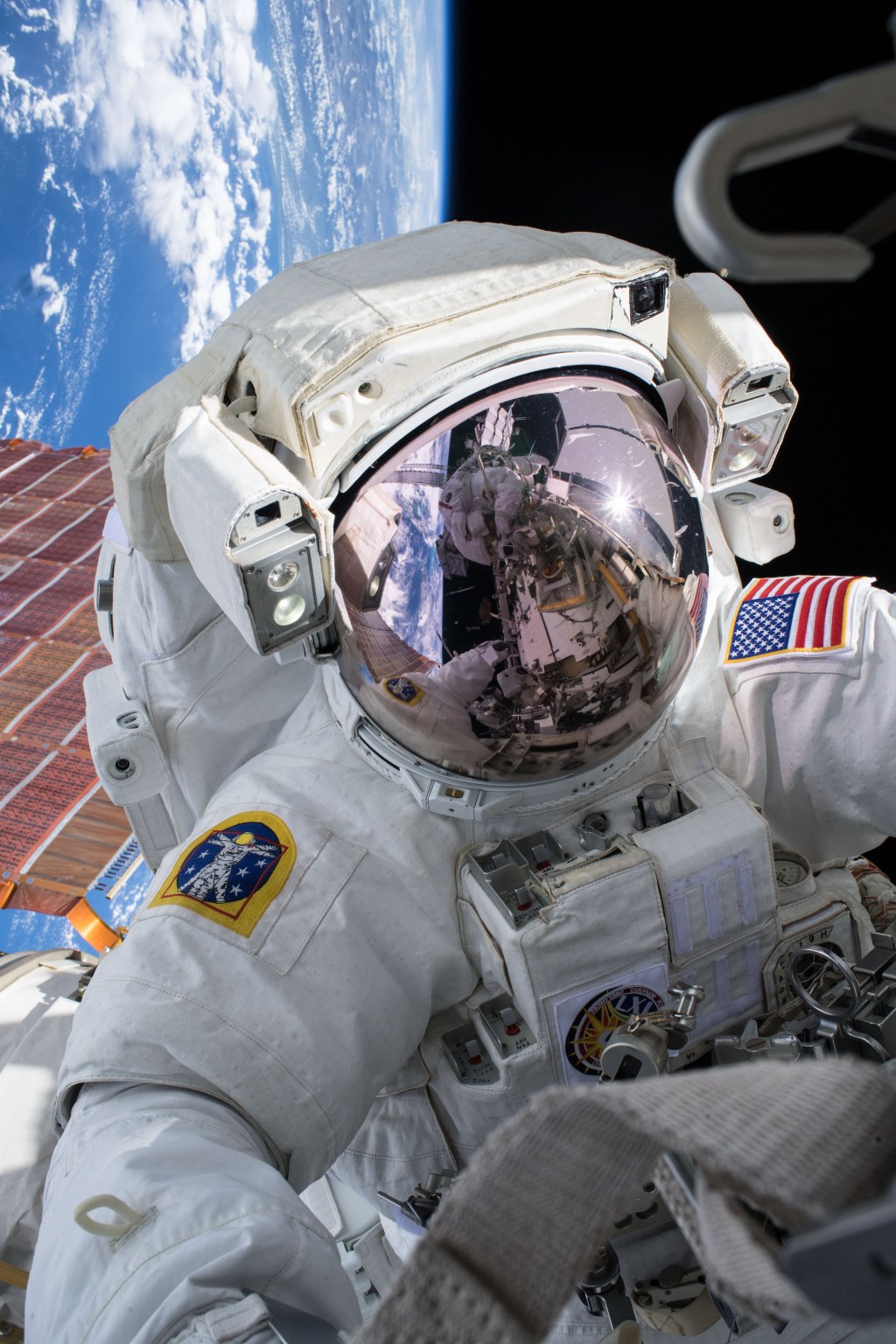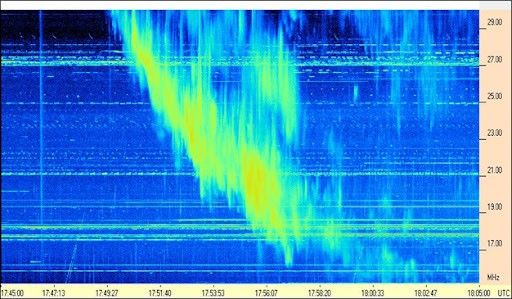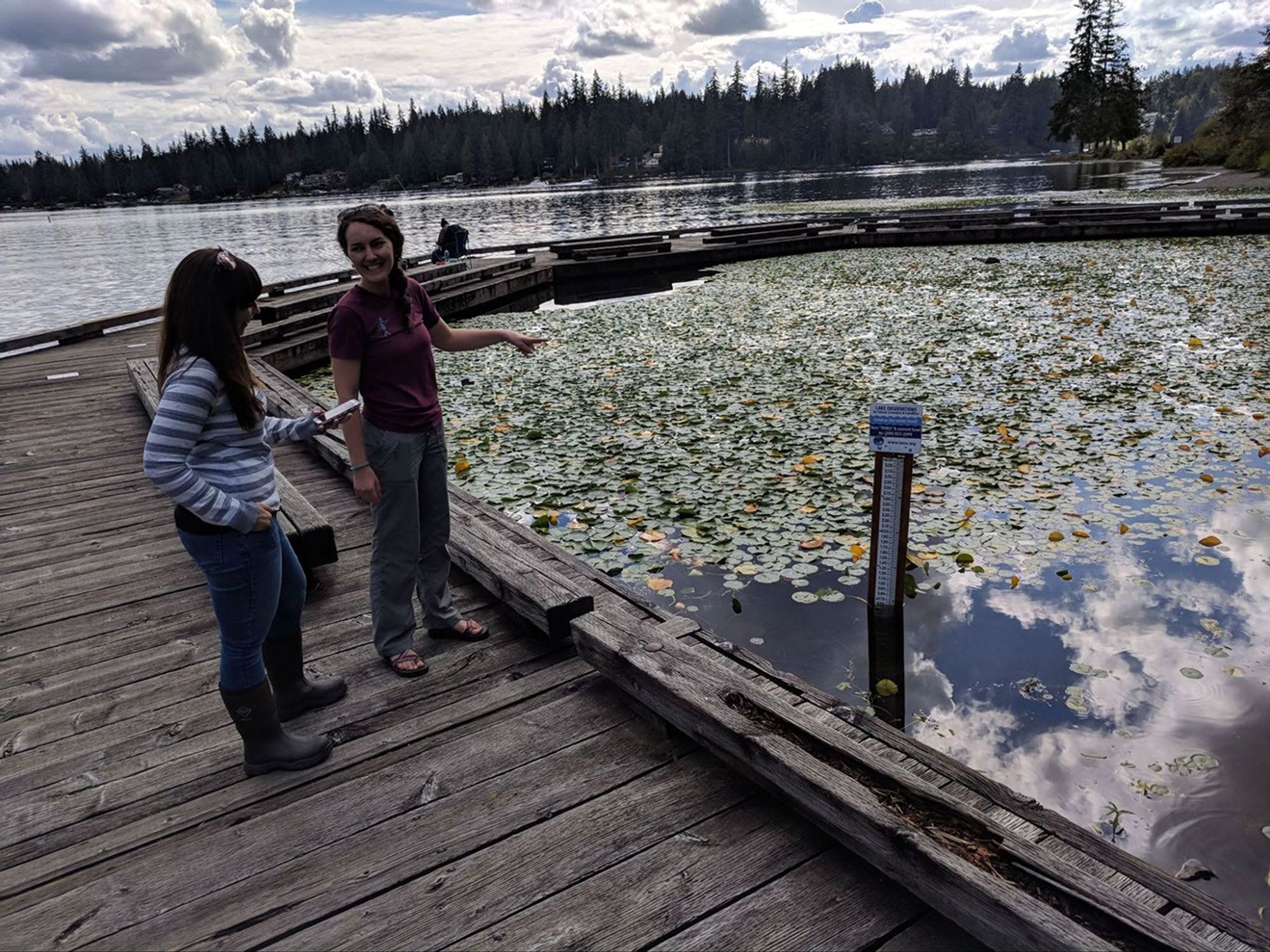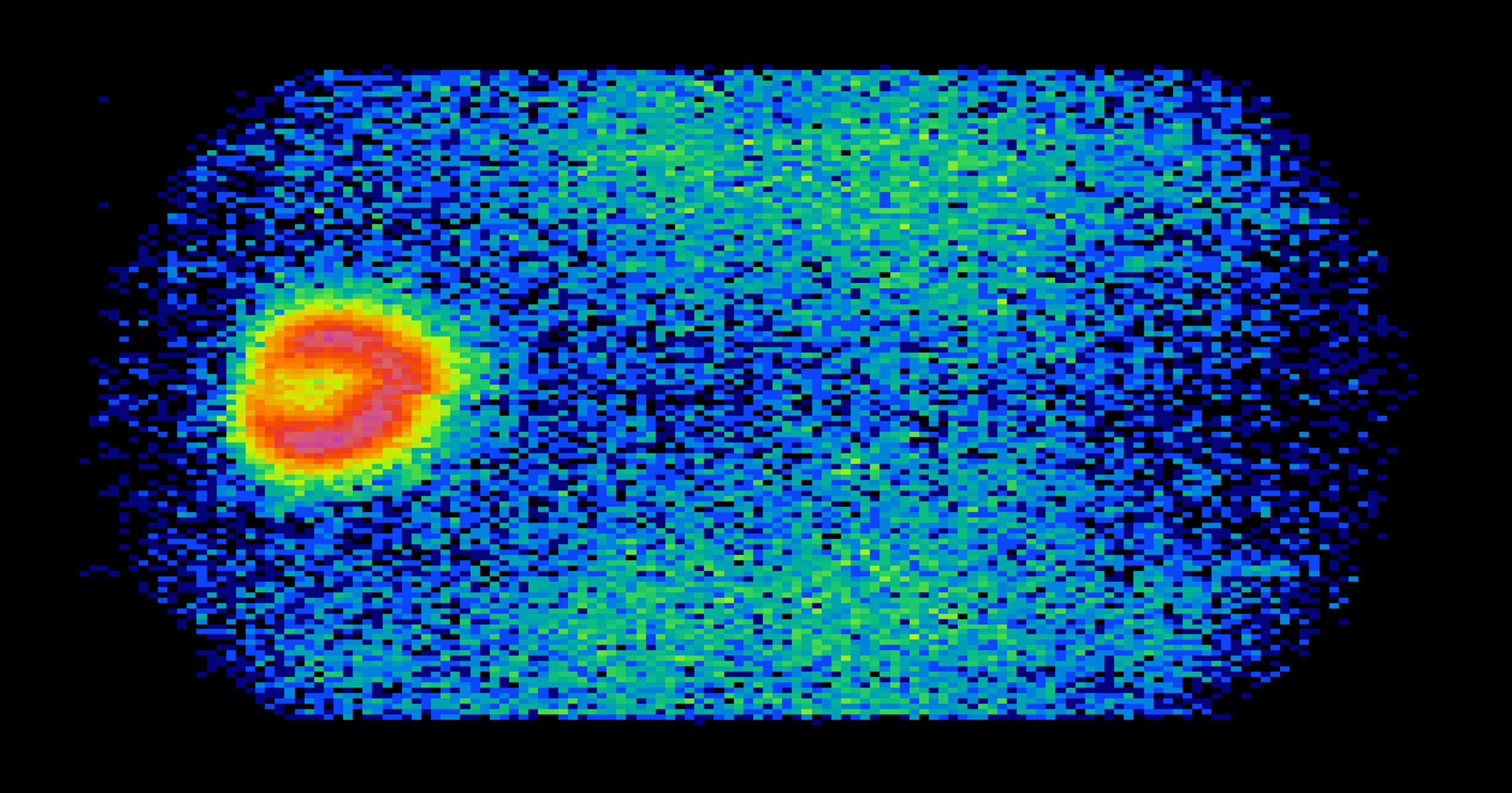As the Sun approaches the most active part of its eleven-year magnetic cycle this summer, NASA volunteers have been watching it closely. Now they’ve spotted a new trend in solar behavior that will have you reaching for your suntan lotion. It’s all about something called a “Type II” solar radio burst:
“Type II solar radio bursts are not commonly detected in the frequency range between 15 to 30 megahertz,” said Prof. Chuck Higgins, Co-founder of Radio JOVE. “Recently, we’re seeing many of them in that range.”
Let’s unpack that. Our Sun often sprays powerful blasts of radio waves into space. Heliophysicists classify these radio bursts into five different types depending on how the frequency of the radio waves drifts over time. “Type II” solar radio bursts seem to come from solar flares and enormous squirts of hot plasma called coronal mass ejections.
Now, Thomas Freeman, an undergraduate student at Middle Tennessee State University, and other volunteers working on NASA’s Radio JOVE project have observed something interesting about these Type II bursts: they are now showing up at lower frequencies—somewhere in between FM and AM radio.
What does it mean? It means our star is full of surprises! These Radio JOVE observations of the Sun’s radio emissions during solar maximum can be used to extend our knowledge of solar emissions to lower frequencies and, therefore, to distances farther from the Sun.
Radio JOVE is a NASA partner citizen science project in which participants assemble and operate radio astronomy telescopes to gather and contribute data to support scientific studies. Radio JOVE collaborated with SunRISE Ground Radio Lab, organized teams of high school students to observe the Sun, and recently published a paper on these Type II solar radio bursts. Learn more and get involved!

